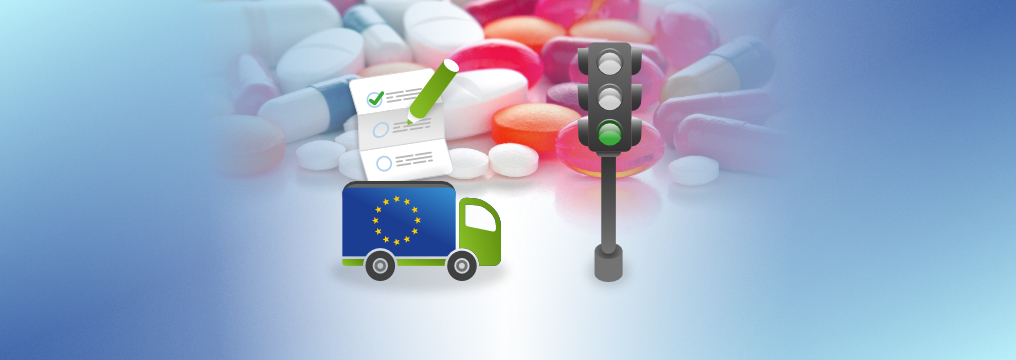Developing generics for the European Markets
The development of generic products is a complex process aimed at ensuring consistency with the originators’ brand product, assuring comparable performance and therapeutic equivalence. The first step in the development of a generic drug starts with the proper selection of the source of the Active Ingredient and a deep study of the pharmaceutical formulation and its performances and characteristics, such as stability and impurities profile; in other words, the Chemistry Manufacturing and Controls of the drug formulation.
Developing generics for European Markets requires consideration of the market regulatory constraints.
The EU has developed one single market where the same rules and harmonized procedures for authorization of medicines apply in all the 27 Member States. Despite this, the European regulatory environment remains one of the most complex in the world. This is due not only to having 24 different languages, but also to the presence of more than 50 regulatory bodies and cultural differences across the continent, which requires a careful selection of the target market.
Marketing authorization across Europe
Indeed, marketing authorization of medicine can either be granted in a Single Member State, Multiple Member States, or the entire European Economic Area (EEA) markets. A deep knowledge of local regulatory environments and regulatory analytical skills are minimum requirements to successfully enter the EU market and reach business goals, keeping timing and investments under control. The Marketing Authorization Holder, who owns the marketing authorization of the product, also has a number of responsibilities within the EU and must ensure that all the requirements are submitted accordingly and on time.
The main legal and regulatory requirements characterizing the EU market can be divided into two groups: registration requirements and manufacturing requirements.
Registration requirements
Requirements for pharma companies who want to register medicines in Europe are linked to the possession of the marketing authorization license: a European-based office is needed to apply for marketing authorization and to hold the license of the medicines. The European establishment should have a precise structure, particularly in regard to pharmacovigilance. Both the person responsible for Pharmacovigilance activities, the so-called “EU Qualified Person for Pharmacovigilance (EU QPPV),” and the Pharmacovigilance System Master File archive must be located in Europe and operate according to European Good Vigilance Practices dictated according to EU Regulation 520 of 2012. The pharmacovigilance system ensures that patients and healthcare professionals have access to personnel inside the EU territory who can answer their queries related to the use of a medicinal product once it has been released on the EU market. Such communication must be done in a timely manner.
The medicine dossier structured according to the Common Technical Document must incorporate data to support quality, safety and efficacy of the drug and the administrative data including product information, the readability test for the package leaflet and the environmental risk assessment. Last but not least, results of pivotal clinical trials must comply with ICH Good Clinical Practices and results of pivotal animal studies must comply with OECD Good Laboratory Practices.
Manufacturing requirements
Manufacturing requirements primarily impact the structure of the entire supply chain of medicines. Medicines manufactured in non-EU countries require a European Manufacturing Site for Batch control and batch release located within the EU to be able to launch the product on the EU market. The site must be authorized and EU-GMP certified by a European Health Authority. Furthermore, the non-EU manufacturers responsible for compounding, batch control and packaging activities must operate in compliance with EU GMP and successfully pass the EU Authorities’ GMP Official Inspection. Once a medicine has been released on the EU market, its distribution must comply with defined standards ensuring the quality of the medicine for all distribution channels up until it reaches patients. These distribution standards are summarized under the EU Good Distribution Practices.
Navigate the European market
The European market remains highly attractive for investments despite its complexity. A good local partner can support a successful registration and a smooth launch on the European market.
Join our next TEQ Talk
Don't miss the opportunity to learn more about the registration of generics, and more. Join us on our next TEQ Talk (Technical Quality Talk) relate to: Entering the EU market - Deep dive in medicine's registration road map, on May 15th.
Click here to secure your seat More info





